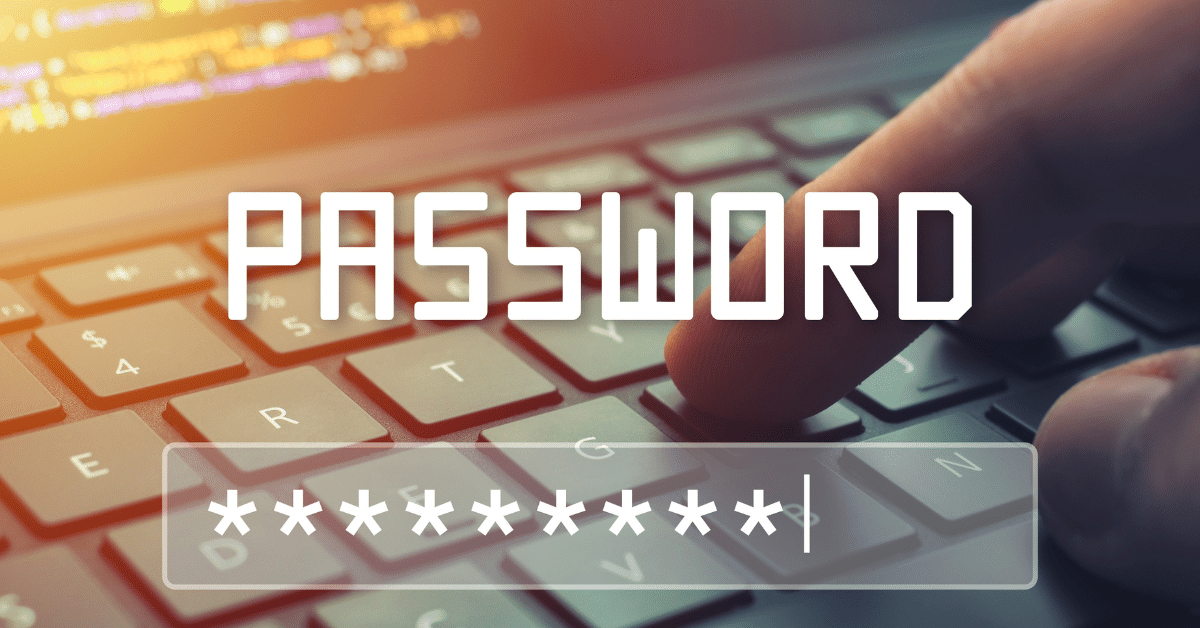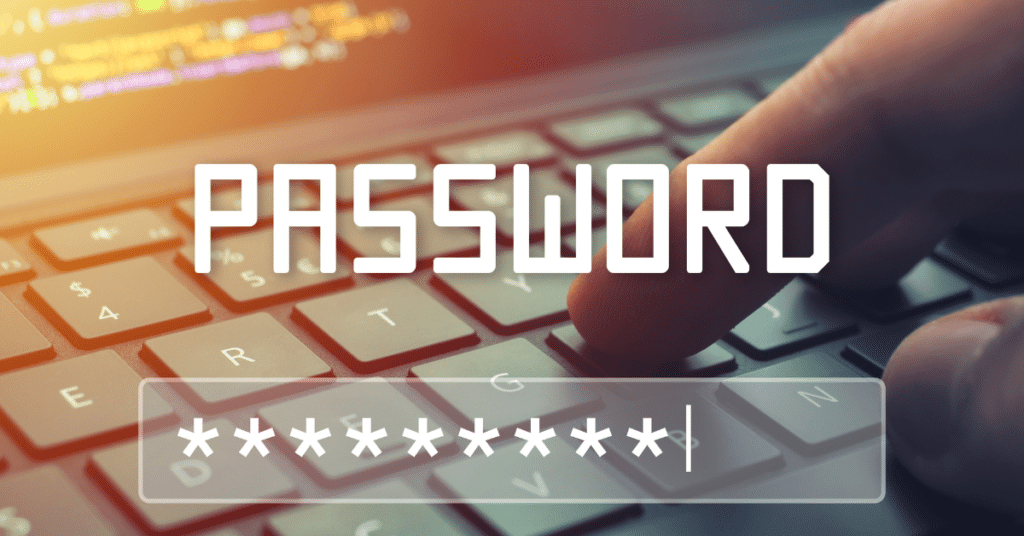
LastPass Password Generator Best Practices

In today’s world, online security is more important than ever. With so much of our personal and financial information stored online, creating strong passwords has become a necessity. Passwords are the first line of defense against cyberattacks, and using a password generator is an effective way to create unique and secure passwords.
However, not all password generators are created equal. In this article, we will explore LastPass password generator best practices to ensure that your passwords are as strong as possible. Whether you’re a seasoned tech user or just getting started with online security, these tips will help you keep your accounts safe from hackers.
We recently wrote this article about the benefits of LastPass, so if you want more introductory insights into what password managers are and what they do, as well as how they promote good password practices, check out that article too.
Let’s dive into some password generator best practices!
LastPass Password Generator Best Practices: Configuration
To create the best passwords, LastPass allows you to configure your parameters for these passwords. This is important because you’ve likely noticed that every account that requires a password, from your Instagram account to your healthcare provider portal, your child’s school grades, and employee accounts, also often has its own set of parameters. I must be 8 characters or more, must use or exclude numbers and symbols, etc.
With LastPass, you can set the parameters for password length, as well as the inclusion or exclusion of uppercase and lowercase letters, numbers, and symbols. You can also choose whether you want to use all characters, or if you want something that is easy to say or easy to read.
As you configure these options, LastPass will display the strength of the password you are creating as well.
Set Up MFA
Multi-factor authentication is a great tool to help make your access more secure, and you can set it up within the LastPass options. There are several choices you can enable, and here’s the process.
On the bottom left of the LastPass menu, you’ll want to navigate to Account Settings. Once there, click Multifactor Options. You’ll then see all the MFA options that are compatible with LastPass. You can use this section to enable and edit your choices.
Team Password Management
LastPass may also be a contender for your favorite password manager because it allows you to manage your team’s passwords too. So long as you are an administrator in LastPass, you can view the status of your team’s passwords by clicking on the Amin Console section at the bottom of the left menu and opening the Teams page.
Once on the Teams page, you can select the Users menu item and see the Users page. This will show you each team member, the strength of their password, whether they have MFA enabled or not, and what type of MFA they’re using.
You can also click into a user and view more details, modify this user’s status, and even force a password change if you notice their password has been designated as “weak.”
Create and Update Your Password Policy
LastPass and other password and password generator best practices only work if you follow them. When you add LastPass and other items to the cybersecurity to-do list for your business, you should share these best practices in a defined password policy.
Here are some examples of things you can include in a good password policy.
Frequent password changes are great, but not always necessary. If you have used LastPass to help generate and store your passwords, they are likely stronger than the typical pet name, childhood address, and graduation year passwords that many people are still using despite the risks they come with. And if your accounts with strong passwords (as well as your LastPass account) haven’t been breached or shared with too many people, you shouldn’t have to change that password for quite some time.
Of course, the strongest passwords utilize as many keyboard items as possible, including upper and lowercase letters, numbers, and symbols.
You should also create a section in your policy that discourages the use of the same password for multiple accounts.
Your LastPass account will also let you know when the last time was that you changed the master password for your account. This password is even more crucial not to reuse, as it obviously protects all of your other accounts and access information within LastPass.
In line with this password policy, you should encourage your team to never share passwords outside of your network – this includes via email, team chats, sticky notes, and other non-secure means.
LastPass offers a secure sharing center where you can use your team member’s email to designate a password to their LastPass account. This lets you share a password, which sometimes is necessary when multiple team members are working from a single account or application, all without worrying that the sharing of that password will get intercepted, stolen, or corrupted. Password security is just as important as password strength.
Enhance Your Password Practices and Step into a Modern Workspace with Verve IT
Just like LastPass password generator best practices and applications make your life and your employees’ lives easier, so do Verve’s modern workspace services.
There’s no time or space left for many businesses that refuse to upgrade their operations to create digitally optimized conditions. Productivity and lack of friction in the workplace are great ways to keep employees engaged and less frustrated. You have enough to worry about, let us help create the modern workspace your business needs.
Call us today at the phone number above or reach out to us via our contact form.
